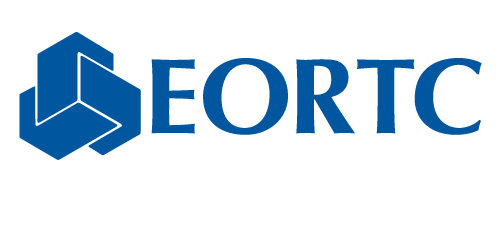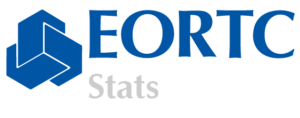What is a “Beam Output Audit”
A BOA is an external auditing of dosimetry. “External auditing” implies the verification by an external independent authority of the dose delivered by a radiation beam. Usually this verification is performed in reference conditions (e.g. 10×10 cm2, 5/10 cm in water, etc). The resulting report is to be submitted to the EORTC. This is vital in order to ensure that dose is delivered accurately to all patients in a trial. See also:
Bentzen et al Eur J Cancer 36:615-620, 2000. (PubMed)
Pettersen et al, Radiother Oncol 86:195-99, 2008 (PubMed)
The criteria for a valid BOA are:
- Audit date must be within the last 2 years
- Auditor’s primary standard has clear traceability back to a national/international primary standard
- Auditor assesses the accuracy at reference conditions
- Audit is independent from the institution, with a clear date of irradiation and official signature
- At least the photon energy(ies) to be used within the intended trial must be audited on the treatment machine(s) to be used for patients within intended trial(s)
- Electrons are optional unless you are applying for participation in a study using electrons
- All measurements preferably within 3% agreement, 3%-5% is acceptable
The EORTC requires that radiotherapy centres provide results of an external audit every two years to monitor the beams used in the treatment of trial patients.
Why do we require a BOA?
European regulation requires that all radiotherapy equipment in clinical use be calibrated at acceptance, and following major repair. In addition, as part of the local quality assurance program, dose output checks are carried out daily, weekly and/or monthly for all modalities and energies to ensure that the original calibration is maintained. When a given tolerance level is exceeded, the local physicist will act to bring the output back into tolerance.
However, even if a QA system is being followed scrupulously, there is still the possibility that the absolute value of dose delivered in a centre differs from that in another centre, and for this reason these local measurements need to be linked to a national standard. The various national standards in turn are inter-compared, guaranteeing the dose uniformity necessary for the treatment of patients in international clinical trials.
The link to a national standard, however, is not sufficient in itself to prevent systematic measurement errors at the time of the calibration. These errors can be detected by a comparison with an external BOA, such as a TLD inter-comparison.
Beam Output Audit recognized institutions
Some countries may have a national/regional program of dosimetry auditing/inter-comparison, others may not. In these cases an audit can be arranged with an external authority (e.g. International Atomic Energy Authority [IAEA, Vienna, Austria], Imaging and Radiation Oncology Core [IROC, Houston, USA], etc.). However, any audit satisfying all of the above conditions will be considered valid.
If your Radiotherapy Department needs to set up an audit, we suggest the following institutions:
IROC – MDAnderson. (Information on setting up an audit with IROC, if required, can be found here.)
PTW-Freiburg/MTK-Schein-Germany
BELdART/BHPA-Belgium
IAEA -Eastern Europe
IPEM-UK (host/visitor cross-check audits)
NCS Audit-The Netherlands
However, it is not mandatory to send an audit from one of these institutions: if a document satisfies all of the criteria detailed in the previous section it will always be evaluated and could be accepted even if the auditing institution is, for example, the Physics department of a neighboring hospital.



